[color-box color=”gray”][dropcap]Join[/dropcap] Canadian Expat, Dodie Schadlich, in her weekly column for “Off the Beaten Path”. Read on to hear about the impossible feat they faced of building a home in 25 days on the coast, but, with six sets of children’s eyes watching, they had to try. Join Dodie as she takes us on a quick journey doing the impossible. [/color-box]
To Set The Stage:
This particular family lived in Salinas; the 6 children ranging in age from 6 to 16. The father is a painter by trade, but cannot find regular work and that is all I will say on that topic. The mother has never held any meaningful employment and is generally unskilled. In total, they have 9 children but the 3 eldest live on their own with young babies themselves.
How we came to know this family is an entire story itself and involves neighbours, friends of friends and a chance meeting. One day I will share this with you all.
The family’s living condition was one of the saddest we had seen up to that point. They created a makeshift home between the back of a store and the wall of the neighbouring house. With a compilation of wood, cardboard, and sheets they built themselves a wall and ceiling in this space and called it home for almost 18 years. One water tap from the back of the store, without bathroom, kitchen, or electricity, this family existed, invisible, behind the jumble of junk using candles to see in the night.
The owner of the store eventually died and the property then passed to his children. The family was asked to vacate the property but they had been refusing to leave as they had nowhere to go.
Fast Forward To Sept 1, 2016
We had been assisting this family through an emergency and had set up a trundle bed for the 3 boys when it came to my attention, that not only have the children not been eating regularly, but that they would soon be homeless. They had been evicted, and they had until Nov 1 to leave, or the owners were going to have them removed. Upon discussion with the mom, I realized the children had no idea what was happening.
I tried to speak with the municipality on their behalf to see if land could be donated, an abandoned lot, lean-to, tent-anything. I also started seeking out organizations that might assist them, but it seemed there was nothing offered in terms of direction, options and no easy solution presented itself.
There was a comment made during my search that this family planned poorly, continued to have children and that this is the consequence. The situation was their own problem to fix. While my logical side totally agreed on the surface that this made sense, however, my heart said these situations are rarely black and white in nature.
An equally important part of the story is the fact that these 6 children are innocent victims of this poor planning. None of this being their fault, they were clueless as to what was about to happen and even if they did know, they were powerless to change it. The eldest of the children would often be out in the Salinas Mercado and Malecon trying to find ways to earn money for food. The 12-year-old girl worked for candles helping a lady in a booth selling fruit.
If a person naively thinks this type of situation is not collectively our problem, then I have to respectfully disagree. This will be all our problem very soon. When you leave people in desperate situations, in particular, young teens without coping skills, it quickly becomes society’s problem. These young people, homeless, full of shame, hunger, anger, vulnerable and without hope will quickly join gangs, become prostitutes, sell drugs and commit crimes. Desperate situations mean desperate decisions are made.
I was getting nowhere with local contacts and only frustrating myself; reporting back to the mother with all bad news. I know many families that live in these neighborhoods, with land that is free to move onto; if you can find an empty lot that is. Once a lot is found, you can speak with the barrio president and/or municipality and with some registration you can secure a small place to put a humble home. I walked these neighborhoods with some friends, asking for leads on lots and came up empty.
I gave up after a couple weeks. I believe fully that my involvement as a foreigner was actually hindering the process. They never said it, but I am sure they thought, “If it means that much to you, buy them a lot.” I hung my head in sadness as I went back to the mother and let her know that I cannot help them. She will need to find a lot and when she does, I asked her to connect with me. I would try to make sure they had a home, but I simply was not able to assist with the land. I left there sick with worry that these children would soon be sleeping in the street.
Two weeks later she called me and said; I have some land.
To Understand The Bamboo Neighbourhoods:
If you have ever driven off the beaten path, where rarely the tourists or local expats wander, you will have undoubtedly noticed the bamboo neighbourhoods on the outskirts of towns.
There are many families that live on these lands that are owned often times by the municipalities. Families are given permission to live on these lots; they are humble, typically without services or very simple services and after 2 years they can apply for a right-of-possession. It is not a deed, but rather a simple right they have earned to live there. These homes are passed from family member to family member and at times they are even sold. By sold, I mean the buyer has purchased the rights to live on the property. You do not ever own the land. They do however try to keep the lots within families for obvious reasons. The homes they build often do not have floors, just walls, and roof.
In these neighbourhoods, you may have one or two families per block that may have a rustic septic built with a bathroom. Many homes do not have bathrooms so the families will often pee outside, for the others, they will ask to use their neighbours when possible. This means the stench of urine in some areas can be strong.
Water is often piped to homes through simple tubes they place about 6 inches underground and if they are lucky they will have access to one tap in easy walking distance to their home. The truly fortunate will have a hose running into their home and bathroom.
Electricity can be brought into homes by a simple extension cord where families have literally one light bulb and one plug to use. Other homes have one plug in each room and one light socket where they may share one light-bulb from room to room as needed. The homes are not metered and each family pays a nominal group fee of about $5 to $10 monthly for electric and water.
I certainly do not have all of the details and legalities to the right-of-possession, nor are the finer points clear in my head, but I can tell you that much of those bamboo villages on the outskirts of towns are operated this way. The majority of the families we assist live in these neighbourhoods.
If you have been given the rights to land and you do not build on it, they can take it away. The barrio presidents tend to keep watch for this so they can put the lots back out to families in need. I have witnessed these community groups walking from lot to lot discussing the status of each. Families can be given time-frames to build or lose the lot. These are often times of great stress where they try to secure a few simple bamboo poles to put into the ground to show some type of building progress.
Let The Games Gegin; The LOT
On the outskirts of Muey is a bamboo barrio where the municipal office gave this family permission to live. We went to visit the lot to assess services, access to bring in the building materials, and decide a basic layout for the home. My husband drew the initial outline in the dirt, a couple more visits we took measurements and made an estimate of how much it would cost to build a bamboo structure, with a concrete floor and bathroom. We calculated approximately $2200 with labor
Reality Strikes; how do we gather the funds in time? We only had 30 days to get the place built and the family moved in. There really was no time to panic, it was time for action.
Sitting at home, brainstorming, I decided to go with a raffle draw. There wasn’t time to organize a fundraising dinner or event. We were under a serious time crunch and we needed to break ground. We sent messages to local business owners and individuals and asked them if they could donate a prize. Collectively we gathered enough prizes to create 3 draws. The tickets were $10 each or 3 for $25.
We secured family members with construction knowledge to provide the labour. They agreed to work for half the regular going rate as it was for family. They still needed to earn something to feed their own families. We ensured they received lunch daily while working and the agreed upon daily wage. T hey worked 6 long days per week to get it done.
Because we did not have all the money up front and had to wait for the tickets to sell, we would visit the site every 2 or 3 days with the newest funds earned from selling tickets. We would update the community on the progress of the house and we would ask for their help to sell more tickets to keep the project going. The deadline date was approaching fast.
Oct 3: The draw was officially launched on Oct 3. Every day I was amazed at the response of the community. We had people purchasing tickets that lived in other countries that wanted to donate their prize to the family if they won. I would take the draw money every few days to the job site and work with the maestro on keeping the supplies coming and the men paid for each step.
Oct 7: The bathroom septic and reinforcement is installed and the lot is raised to prepare for pouring the concrete floor.
Oct 8: The entire floor was poured and set-in
Oct 14: The bamboo columns and walls are being installed. Another milestone is that we collected more than what was needed, so we were able to add a security fence and some supplies for inside the home as they did not have any furniture. We officially closed the Raffle Draw on this day having earned a total of $2895 in 11 days. I felt it was important to increase everyone’s odds of winning as well! To date, we had spent $1895 on construction with another $1000 left in the pot.
Oct 22: The walls are completed and the roof is installed; the outline is done and it is starting to look and feel like a home. We start the planning for the move and chose the date. We collected donated items like beds for the girls to round out the transition from house to home and asked for volunteers with vehicles to assist.
Oct 29: Moving Day! 3 trucks pulled up and this beauty of a girl brought out the very first box. I covered the children’s faces with flowers in these photos; you will have to trust me about the huge smiles under the flower petals. I was so thrilled to find one of the drivers had taken this photo.
It symbolized everything to me; the reason why. This home built with love and giving hope for the future, together, Ecuadorians and Foreigners.
Nov 5: There was an open invitation to attend a gathering at our place. This gave the family a week to settle into their new home before the final step, which is pick the winner! The children chose the winning tickets for the raffle draw. This photo shows the two youngest picking the first-prize winners.
I am still in awe at how this all came together. The maestro on the job became well-known in the neighbourhood as they watched this home go up and as a result he has had multiple job offers in the neighbourhood and beyond. It is the largest home in their neighbourhood, with 3 bedrooms, bathroom, kitchen and dining area. The fenced yard will be eventually be planted with a garden. They have electricity throughout and they have plumbing to both kitchen and full bathroom with shower. In the end, we managed to build the home for under $3000. During all the recent rains, I checked in with them and they are high and dry and no concerns. It is a solidly constructed home.
Some of the sponsors have been helping the kids with odd jobs, the mother has a part time cleaning job now, and you can tell by their smiles and demeanour that their entire world changed in those 25 days.
When I look back on this event, some lessons I take with me are:
- Do not over think everything
- Sometimes you need to jump in with both feet
- Have faith in yourself and have faith in those around you to help pull together to make it happen
- Action speaks louder than words
- Don’t take no for an answer and keep your eye on the prize and most importantly, don’t forget to breathe.
Have a fabulous day and thanks for reliving this journey with me.







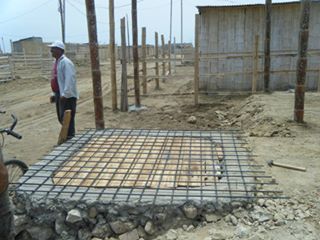
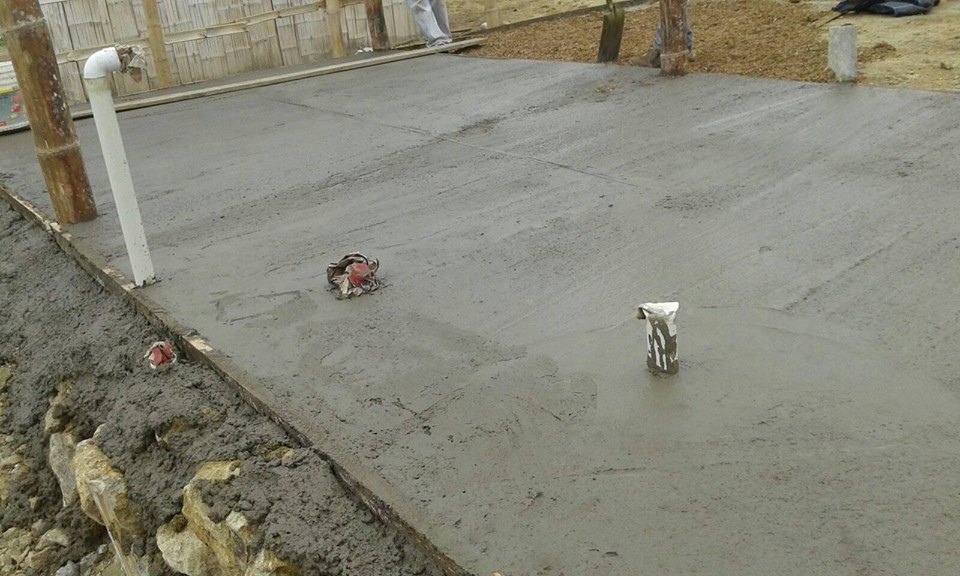
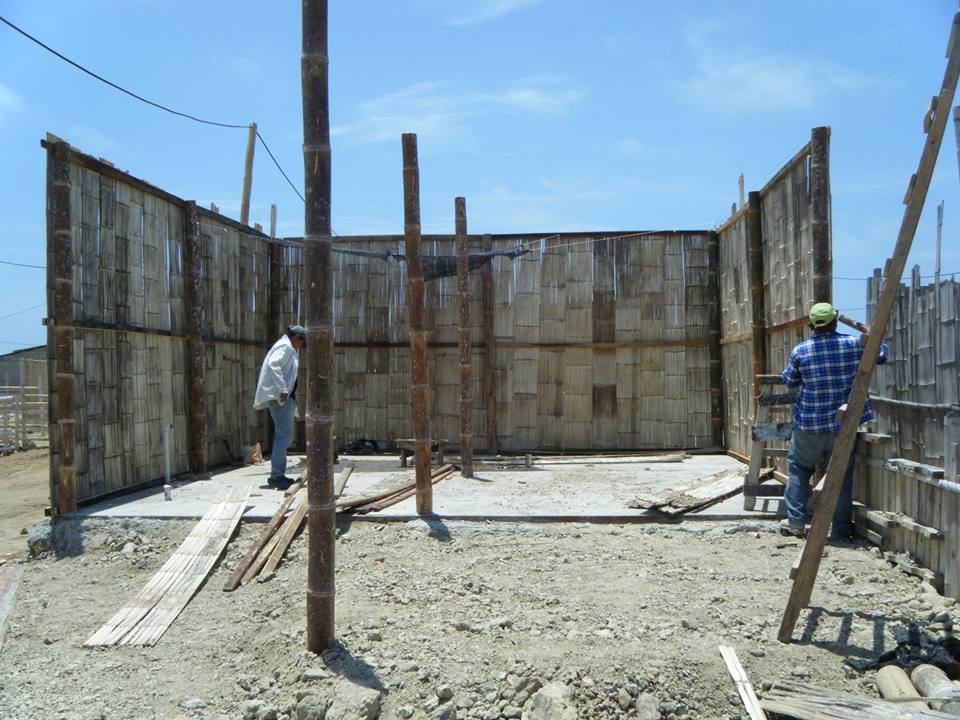
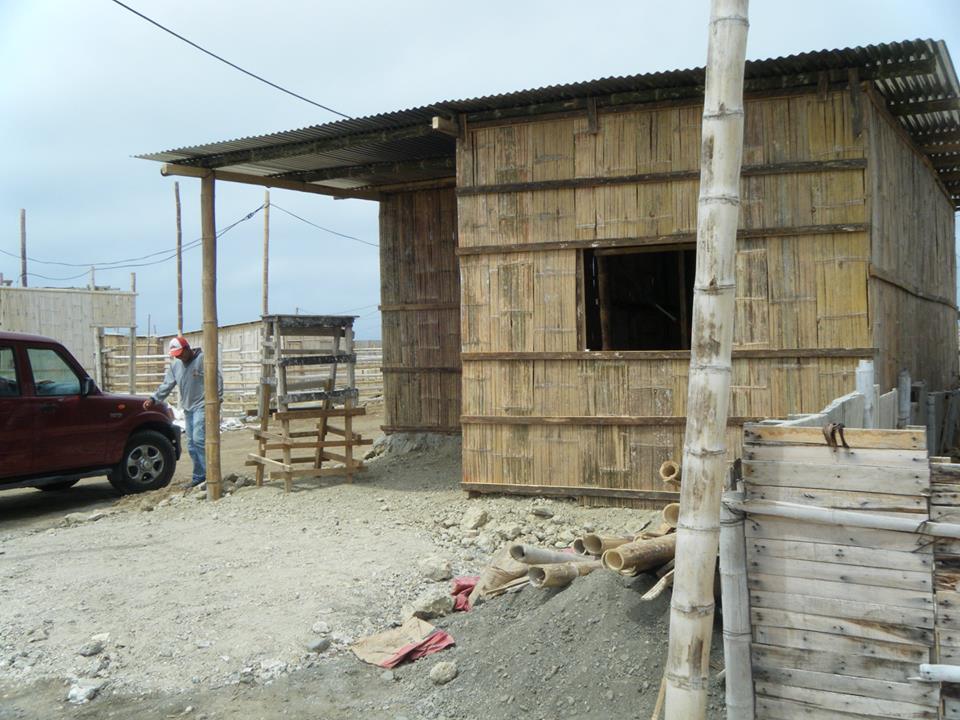
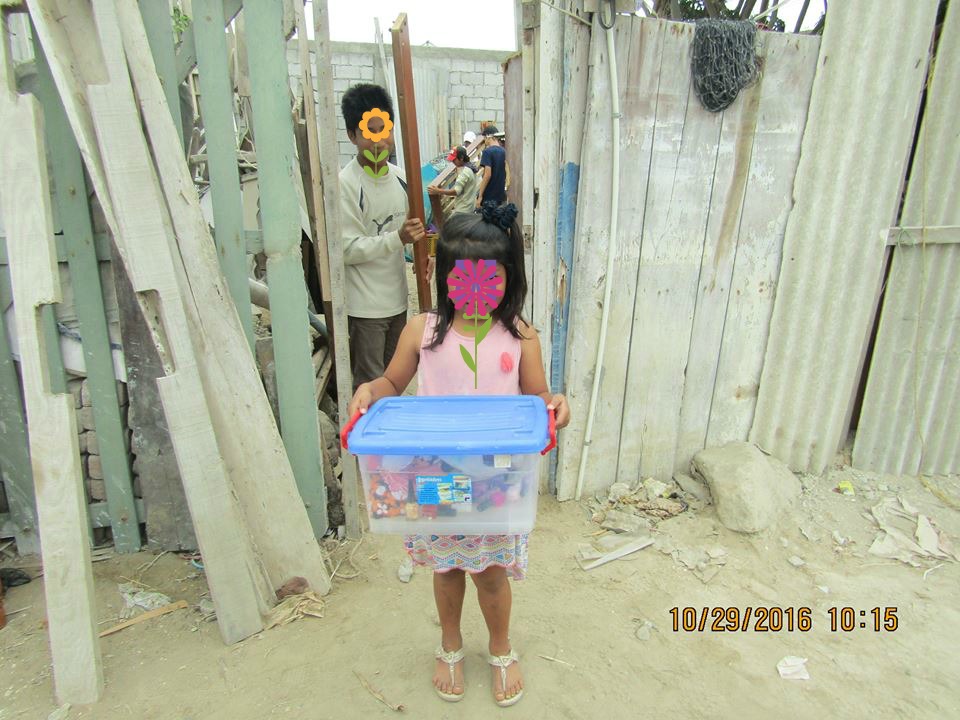
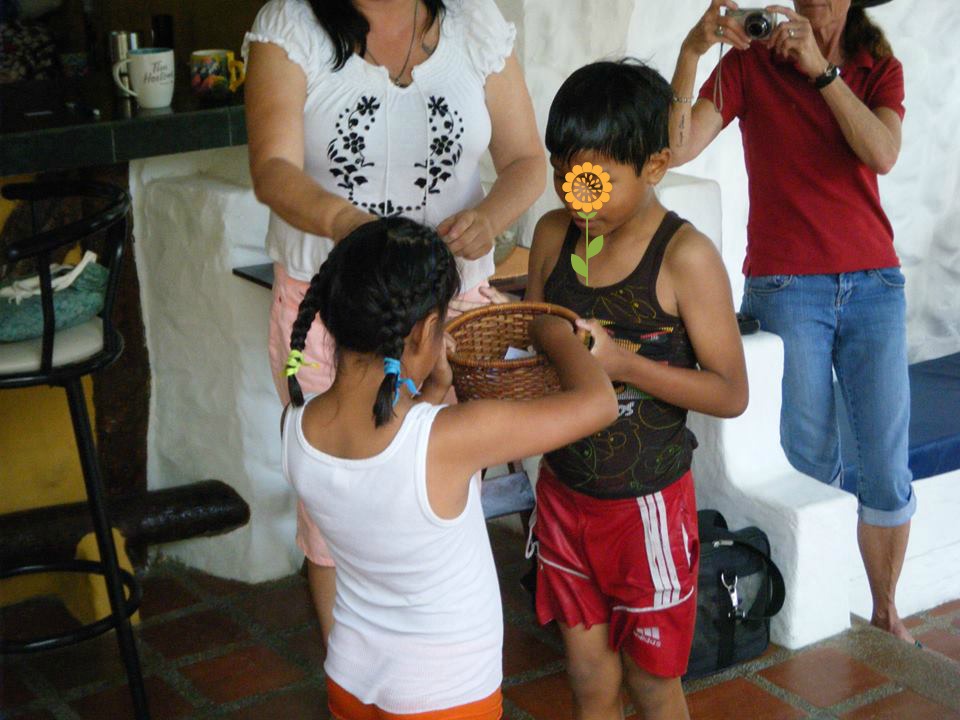
















16 Responses
Great work and so heartwarming and encouraging to see a gringa do REAL good for the community… nothing superficial about this, maybe not a piece of art but the bamboo and concrete here sure look pretty to me! Dee Dee Jackson
Thanks Dee Dee; it is definitely a mansion to them. Now when I stop over, it is full of love and laughter….
Dodie,
Please continue to write for Gringotree. Your columns are among the best that Gringotree has to offer. I always enjoy your humility, sincerity, and “down home” style of writing (complement!). While some other articles seem to be space fillers, offering little new or interesting, your articles are always a breath of fresh air and provide real insight into conditions and reality in Ecuador, without putting anyone down. Instead, you provide real inspiration as to how to work within the community to help without becoming paternalistic. Thanks.
Hi Lee, Thanks so very much for the kind words. I never thought of myself as a writer and it has been a learning curve for me but I am enjoying the journey. It seems my adventures continue so I am sure there will be a few more articles…
Dodie: Patriotism is usually an excuse for racism, but in this case it is a reason for joyful pride. As a fellow Canadian, I wish to thank you for your efforts in this situation and commend you and you husband for the truly Canadian charity you have exhibited to all the world!
You make us proud!
Thanks fellow Canadian!
Bless you.
Thanks xo
God bless you and your family. It is truly amazing story and thanks for sharing it with us.
Glad you enjoyed the story!
Thank you for all you are doing for Ecuador. As another Canadian who has a “soft spot” in my heart for Ecuador (I lived in Cuenca for 6 years some time ago) I enjoy reading your column every time it’s published.
Hola Bev Anne. I am so glad you have enjoy our adventures here in EC!
Great article. Would have like to have seen a photo of the completed project, inside and out. How do they keep the bamboo walls from leaking when it rains?
Hi Angie, Unfortunately. I do not have any good photos showing the inside except perhaps on moving day, but the focus of those pics was on people and not on the structure. In these styles of homes, the families will often reinforce the walls with cardboard, sheets, or other odds and ends they can find. We never throw away boxes now because i know they really need the card board so i give the boxes to families in need. The bigger problem in these homes is when they cannot afford a floor so construct simple walls and roof. When it rains, the home becomes muddy inside.
Totally awesome that you managed to build that with such a tiny budget!
Thanks Michael! the basics are definitely affordable without all the luxuries thrown in!